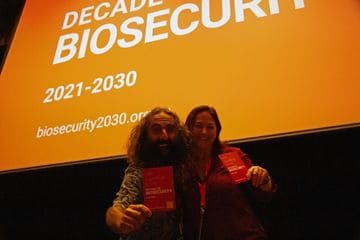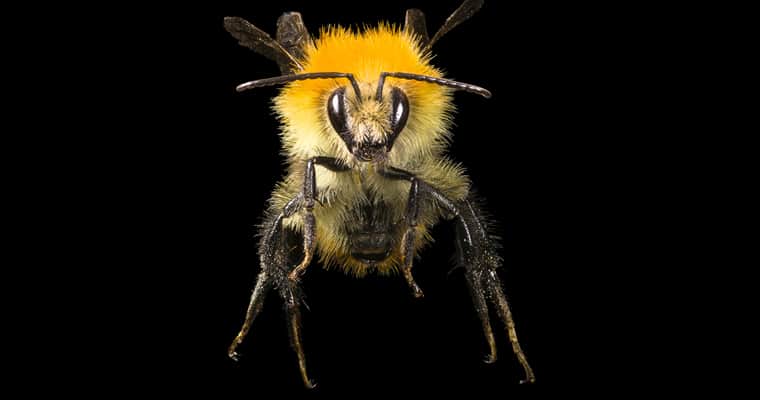The Invasive Species Council welcomes the opportunity to provide a submission to the inquiry into the adequacy of Australia’s biosecurity measures and response preparedness. We support efforts to strengthen the national biosecurity system, with particular focus on prevention and early action to prevent detrimental impacts on the Australian environment from invasive plants, animals and diseases.
This submission will cover preparedness, elevation of environmental biosecurity based on an equivalent Appropriate Level of Protection (ALOP), implementation of strategy and review recommendations, and sustainable funding, including for biosecurity technologies and research and development (R&D) initiatives.
Additionally, the threat of foot-and-mouth disease (FMD) highlights a gap in our current
preparedness for animal pathogens of concern – that of the populations of feral cloven-hoofed animals including deer, buffalo and goats. Early action to reduce the risks from these potential reservoir populations will not only provide greater certainty to industry that market access will be regained, but also will benefit the eradication and control efforts and save considerable amounts of funding and resources if done early and without time pressure of a disease outbreak. More controls and effort to eradicate these species will also benefit the Australian environment.
The adequacy of Australia’s biosecurity measures and response cannot be properly assessed or improved by considering one threat or incursion alone. Any issues identified here are symptoms of the broader threats to the system, and will strengthen Australia’s capability to respond to incursions such as FMD and varroa mite.
A significant gap in Australia’s biosecurity system is that of environmental biosecurity. Australia has made progress to address the identified gap, but environmental biosecurity preparedness still considerably lags that for primary industries. The essential mechanisms have been in place for plant and health industries for at least 10–20 years longer than for the environmental sector and the industry sectors continue to be far better resourced.
For environmental biosecurity, there is also a lack of risk assessments and pest risk analyses relevant to environmental priorities, surveillance strategies, plans and programs, diagnostics strategies and standard operating procedures for emergency responses.
Although engagement with the environment sector has considerably improved since the
appointment of the chief environmental biosecurity officer in 2018, there are no equivalent partnership arrangements and much less formal involvement of stakeholders in biosecurity arrangements.
We urge the committee to consider the questions and suggestions here, as the solutions and engagement required for threats such as FMD or outbreaks such as varroa mite must be addressed systemically, and not in isolation. However, if issues discussed here are deemed out of scope, we recommend that they be referred to the appropriate decision-making authority so they can be considered in the efforts to develop a modern, consistent and secure national biosecurity system – protecting not only high value industries, but the environmental values that are invaluable to our future.









